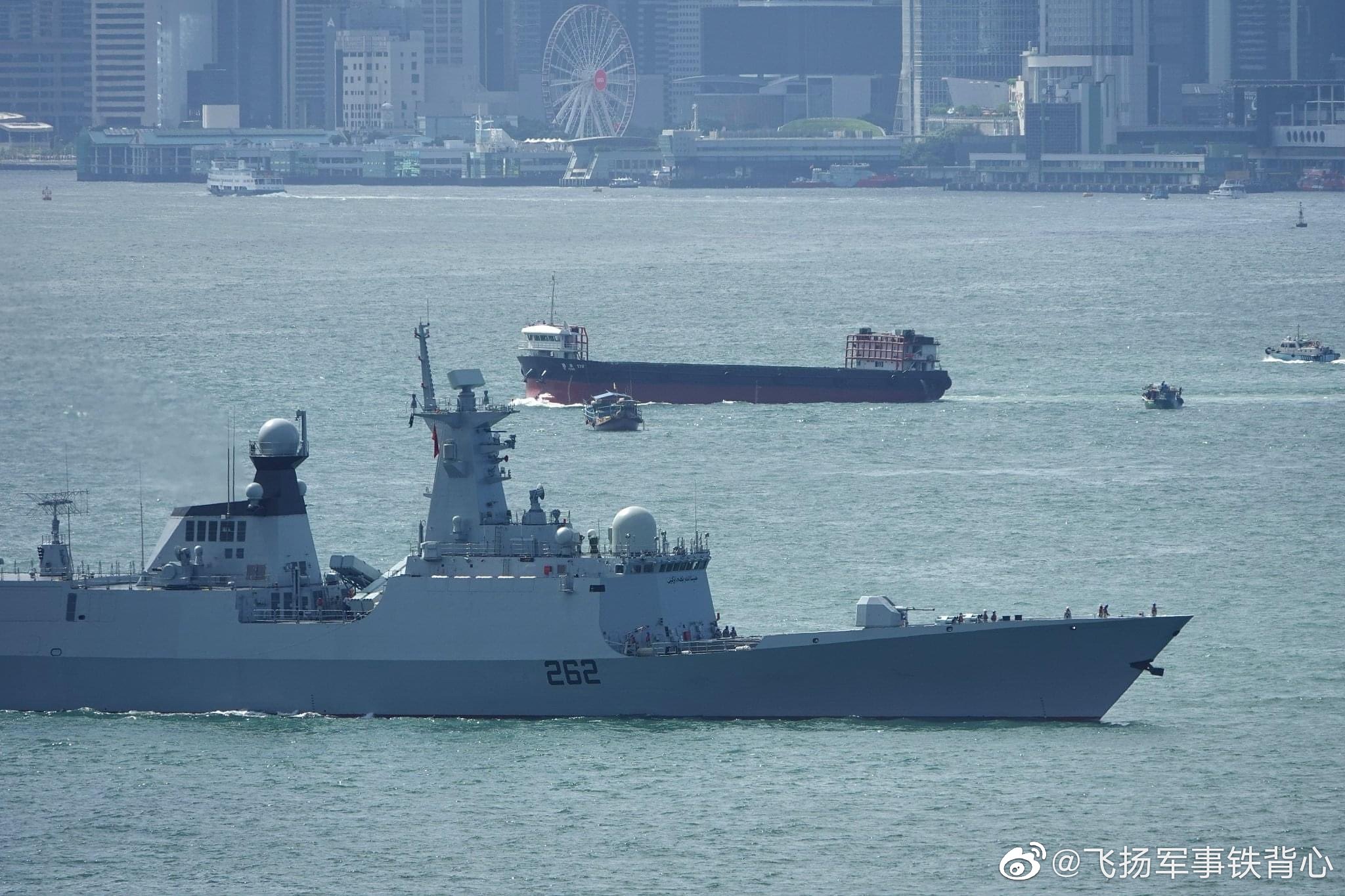Hi so how many ALCM this ship has if I’m jot wrong only 16 at front sideThree more high-resolution images of Pakistan's 054APs.



thank you
Hi so how many ALCM this ship has if I’m jot wrong only 16 at front sideThree more high-resolution images of Pakistan's 054APs.



ALCM=Anti Land Cruise Missile?Hi so how many ALCM this ship has if I’m jot wrong only 16 at front side
thank you
Just so you know, ALCM typically refers to Air Launched Cruise Missile.Hi so how many ALCM this ship has if I’m jot wrong only 16 at front side
thank you
The engines used by Chinese Yuan subs are made in China, but based on existing German IP and covered by the export ban. The alternative is a pure Chinese design that has not seen much use, thus explaining the reticence Thai military has about it.
So it's basically a similar case with MTU, but the licensing agreement allows for the derivative to be exported?CHD-620 is not a pure Chinese design. It's based on MWM TBD620. License was acquired when MWM was exiting the marine engine business to focus on large industrial generators, so China was able to get more favorable terms on intellectual property.
A new 4,400kW variant, CHD-622V20BCR, was recently certified.
So it's basically a similar case with MTU, but the licensing agreement allows for the derivative to be exported?
More like with UGT-25000/UA80. China can brand the product whatever it wants. And there's probably more IP transfer than a typical licensed production agreement.
CHD622V20 is a Chinese derivative. MWM doesn't have a corresponding V20 product.
Anyway, no one else in the world is producing even the 620 model. It's for all practical purposes Chinese.
Some additional info
Here the manufacturer (Hechai) is said to have zizhu (自主, self-determining) IP of CHD620V16CR. Basically means China can do whatever it wants with CHD620 series and is not subject to any foreign restriction.
The report itself is about uses of CHD620V16CR in a 1,300t fire & rescue boat. The boat has an IEPS powered by 3 x CHD620V16CR with a maximal speed of 28 knots.
Hmm... So Hechai bought the license and IP when MWM was exiting the marine engine business, and now they can sell engines using the IP to whoever they want?
On a side note, it's interesting that the claim of 自主知识产权 (Independent intellectual property rights) has a slightly different definition according to and . The Chinese government only requires the obligee in China to have the right of independent control or relative control, so my understanding is they don't have to invent the IP to be able to claim it as "Independent intellectual property rights".
Meanwhile, the translation of the Baidu entry defines it as '"Independent intellectual property rights" requires the creative behavior of intellectual property owners to be contained in intellectual products.' My understanding is that means you have to do the R&D yourself and invent that particular IP as a result in order to be able to claim Independent intellectual property rights, not just owning/having the right to use that IP.
This clears up my confusion about Chinese enterprises claiming "Independent intellectual property rights" when it's pretty darn obvious they use IP developed by others. It turns out that if they follow Chinese government guidelines, the claim is entirely valid.
But Chinese government guideline is not in accordance to the general understanding of the term "Independent intellectual property rights", so no wonder so many people say China just copy and claim as their own, because they refer to the Baidu-style definition, not the Chinese government definition of "Independent intellectual property rights".
"自主知识产权" is a Chinese term, probably coined by the Chinese government. There exists no general understanding of the term beyond how the term is used by the Chinese. What the term "independent intellectual property rights" means in English has no bearing on what the term "自主知识产权" means in Chinese. I always find Baidu encyclopedia's practice of pairing Chinese terms with English terms extremely problematic.
